#Navajo Indian Reservation
Video
Letting Nature Pamper Me with Snapshots of Monument Valley Navajo Tribal Park by Mark Stevens
Via Flickr:
While at an overlook viewpoint at the Monument Valley Tribal Park Visitor Center with a view looking to the east-northeast to other sandstone formations and buttes of in the distance. This is in Monument Valley Navajo Tribal Park. East Mitten, West Mitten, and Merrick Butte are in the image, from left to right.
#Azimuth 78#Blue Skies#Butte#Colorado Plateau#Day 4#Desert Landscape#Desert Mountain Landscape#Desert Plant Life#Dirt Road#DxO PhotoLab 7 Edited#East Mitten#Erosional Landscape#High Desert#Hopi-Navajo Mesas#Intermountain West#Landscape#Landscape - Scenery#Looking ENE#Merrick Butte#Monument Valley#Monument Valley Navajo Tribal Park#Monument Valley Tribal Park Visitor Center#Nature#Navajo Area#Navajo Indian Reservation#Navajo Nation Reservation#New Mexico and Mesa Verde National Park#Nikon D850#No People#Outside
0 notes
Text

Shiprock, Navajo Reservation, New Mexico
#photography#photo#light#blue sky#nature#natural#indian reservation#new mexico#shiprock#original photography#original photographers#original post#desert#mountains#landscape photography#landscape#desert landscape#clouds#cliffs#navajo
62 notes
·
View notes
Photo

Spider Rock
The park's distinctive geologic feature, Spider Rock, is a sandstone spire that rises 750 feet (229 m) from the canyon floor at the junction of Canyon de Chelly and Monument Canyon.
#spider rock#canyon de chelly#navajo nation#nature photography#indian reservations#rock canyon#travel arizona
17 notes
·
View notes
Text
! Call for powwow photo references !
Hello! I am a Navajo&Aztec artist in need of references of the clothes people wear to powwows for an upcoming project. Any pictures of people at powwows, be they vendors, dancers, hosts, or casual day-trippers, would help! Please dm me with any pictures you feel comfortable being used or email them to me at [email protected]
Details on the project are in the replies if you’re curious and I can give more details in dms if you ask
#compensation not offered :( because I’m broke but depending on how many photos I get I might be willing to draw something small for y’all#one for each individual contributor not like a blanket piece for everyone#powwow#powwow fashion#navajo#indigenous artist#indigenous#photos#historic photos#indigenous photography#native american#american indian#reservation#res
9 notes
·
View notes
Text
Discover 9 of Arizona's Most Epic Waterfalls
Discover the beauty of Arizona’s natural wonders through its stunning waterfalls. From the turquoise waters of Havasu Falls to the majestic Grand Falls, these breathtaking sights are a testament to the power and magnificence of nature.
Whether you’re an adventurer or simply seeking inspiration, these nine waterfalls are a must-see for anyone who wants to experience the wonder of Arizona.
Table…
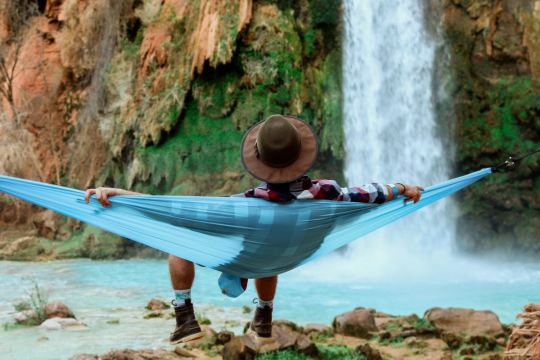
View On WordPress
#Arizona#Beaver Falls#Cibecue Falls#Fifty Foot falls#Flagstaff#Fort Apache Reservation#Grand Canyon National Park#Grand Falls#Havasu Falls#Havasupai Indian REeservation#Mooney Falls#Navajo Nation#Pacheta Creek#Pacheta Falls#Payson#Rincon Mountains#Santa Catalina Mountains#Seven Falls#Supai#Tanque Verde#Tanque Verde Falls#Tonto National Forest#Water Wheel Falls#waterfalls#waterfalls of Arizona#White Mountain Apache Reservation
0 notes
Text

Big city dreams burn down. 🌃⛺️🔥🪶
#pine ridge reservation#apache#standing rock sioux#sioux#iroquois#navajo#crazy horse#sitting bull#thanksgiving 2022#indigenous rights#indigenous pride#indigenous people#indigenous peoples day#indigenous#native american#american indian#first nation#first nations#climate action now#climate activism#climate action#jean michel basquiat#basquiat#powwow#tomahawk#cigar store Indian#redskins#naive art#outsider art#art brut
1 note
·
View note
Text
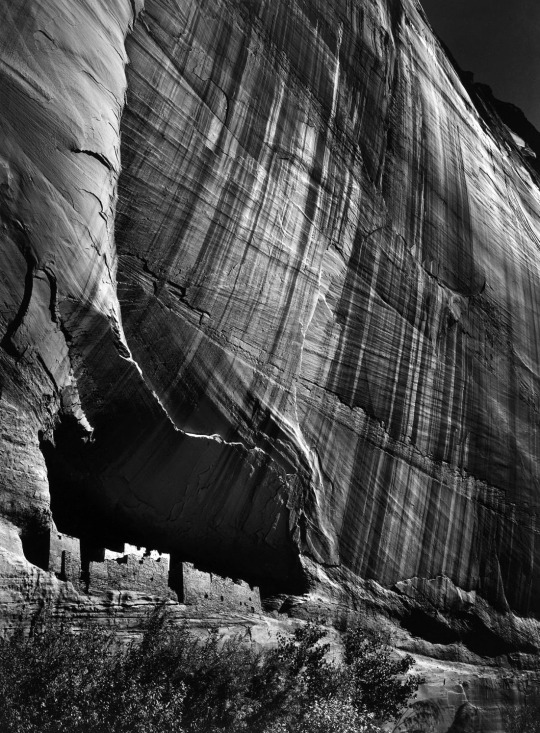
Ansel Adams. White House Ruin, Navajo Indian Reservation, Arizona.
215 notes
·
View notes
Text
Tribes welcome return of ancestral lands
Tuesday, February 14, 2023
By Kevin Abourezk, Indianz.Com
Kimberly Morales Johnson can’t help but imagine the land that today is Los Angeles as her ancestors would have seen it centuries ago. The Tongva people used the canyons of the San Gabriel Mountains as trading routes with the indigenous people of the Mojave desert. Last year, the Tongva reclaimed land in Los Angeles for the first time in almost 200 years after being forced to give up their lands and having their federal status terminated by President Dwight D. Eisenhower in 1950.
Sharon Alexander, a non-Native woman, donated a one-acre property in Altadena, California, to the Tongva after learning about the #LandBack movement during the 2016 Democratic National Convention and discovering that the Tongva were the original inhabitants of Los Angeles.
Johnson, vice president of the Tongva Taraxat Paxaavxa Conservancy, a nonprofit set up by the community to receive the land, said the tribe has big plans for the property. “It needs a lot of work, but we’re all dedicated to it,” she said.
In 2022, thousands of acres of private and public land in America were returned to the care of Native peoples. Many of these lands were returned to their original inhabitants, including the one-acre property in Los Angeles.
A website called the Decolonial Atlas created a “Land Back” map charting the locations of land returns that occurred last year. Other land returns that occurred last year include 40 acres around the Wounded Knee National Historic Landmark, the site of the 1890 Wounded Knee Massacre. The Oglala Sioux Tribe and the Cheyenne River Sioux Tribe bought the land for $500,000.
“It’s a small step towards healing and really making sure that we as a tribe are protecting our critical areas and assets,” Oglala Sioux Tribe President Kevin Killer told The Associated Press.
Although not a land return, the Biden administration last year signed an agreement giving five tribes – the Hopi, Navajo, Ute Mountain Ute, Ute Indian Tribe of the Uintah and Ouray Reservation, and Pueblo of Zuni – greater oversight of the 1.3-million acre Bears Ears National Monument in Utah.
Last year, the Rappahannock Tribe celebrated the return of more than 400 acres along the Rappahannock River that is home to a historic tribal village named Pissacoack and a four-mile stretch of white-colored cliffs.
“Your ancestors cherished these lands for many generations and despite centuries of land disputes and shifting policies, your connections to these cliffs and to this river remain unbroken,” Secretary of the Interior Deb Haaland said at an event celebrating the land return. One of the largest land returns last year involved the purchase of more than 28,000 acres by the Bois Forte Band of Chippewa Tribe in Minnesota.
The Conservation Fund, an environmental nonprofit, sold the land to the tribe after purchasing the land from a lumber manufacturer in 2020. Emilee Nelson, Minnesota associate state director of The Conservation Fund, said her organization bought the land from the PotlatchDeltic Corporation after the company decided to divest of much of its Minnesota land holdings. The Conservation Fund bought 72,000 acres from the company, including 28,000 acres that were within the Bois Forte Reservation. The Boise Fort Band lost the land following passage of the Dawes Act of 1887, which led to the allotment of the land to private landowners. “Where this land was located made a lot of sense for the tribe to own it,” Nelson said.
However, he said, tribes don’t always want to purchase land or even accept a land donation, especially if they don’t think they’ll be able to put it into federal trust status. He offered advice to those considering donating their land to a tribe. “If you want to make a donation, sell the land and make a donation,” he said.
As for the one-acre land donation to the Tongva, Kimberly Morales Johnson said the tribe plans to use the land to create a community center where it will be able to host cultural workshops and where Tongva people will be able to gather plants sacred to their people, including the acorns from the oak trees on the property.
“This is about self-determination and sovereignty,” she said. The tribe is also allowing a tribal artist to live on the land and take care of it, she said. The Tongva have also begun working to return Native plants to the property and remove invasive species.
“This whole LandBack movement is rooted in healing, and instead of looking at land as a commodity, we’re looking at it as a way to have a relationship with the land and with each other and bringing back our traditions, our language, our food, our culture,” she said.
204 notes
·
View notes
Text
The Apache are a group of culturally related Native American tribes in the Southwestern United States, which include the Chiricahua, Jicarilla, Lipan, Mescalero, Mimbreño, Ndendahe (Bedonkohe or Mogollon and Nednhi or Carrizaleño and Janero), Salinero, Plains (Kataka or Semat or "Kiowa-Apache") and Western Apache (Aravaipa, Pinaleño, Coyotero, Tonto). Distant cousins of the Apache are the Navajo, with whom they share the Southern Athabaskan languages. There are Apache communities in Oklahoma and Texas, and reservations in Arizona and New Mexico. Apache people have moved throughout the United States and elsewhere, including urban centers. The Apache Nations are politically autonomous, speak several different languages, and have distinct cultures.
Historically, the Apache homelands have consisted of high mountains, sheltered and watered valleys, deep canyons, deserts, and the southern Great Plains, including areas in what is now Eastern Arizona, Northern Mexico (Sonora and Chihuahua) and New Mexico, West Texas, and Southern Colorado. These areas are collectively known as Apacheria.
The Apache tribes fought the invading Spanish and Mexican peoples for centuries. The first Apache raids on Sonora appear to have taken place during the late 17th century. In 19th-century confrontations during the American-Indian wars, the U.S. Army found the Apache to be fierce warriors and skillful strategists.

89 notes
·
View notes
Note
Poor women and girls in every country and region in the world don't have access to basic feminine hygiene products. Don't pretend like poor women and girls in Gaza are unique. It's the same for poor women and girls in Burundi, Honduras, Afghanistan, Mongolia, Papua, Bolivia, EVERYWHERE. Poor girls and women on native reservations in the USA don't have access to pads or tampons either. Many don't have access to potable water. Or reliable electricity, sanitation or infrastructure of any kind. It's been that way for more than a hundred years in some cases. But do Palestinian supporters from any of those countries or regions give a shit? No. Are they doing anything to help alleviate local period poverty? No. They're too busy posting watermelon emojis and watching TikToks to care about what's right in front of them. You know that as of 2024 there are 326 "Indian reservations" in the USA? Three hundred and twenty six. And thousands more in Canada. You know what Native American activists call reservations? Concentration camps. Open air prisons. Reservations exist in 34 of the 50 United States. More than 1.5 million people live on them. The largest rez covers 3 states and has a population of more than 170,000 (the Navajo Nation in Arizona/New Mexico/Utah.)
believe it or not, i agree with you on several points, actually. i think period poverty is a huge issue, and people should be helping locally. i think reservations are a fascist facet of the colonial imperialist regime of the US empire and they should be abolished.
however, no one is saying this is a situation unique to gaza!! no one is saying this is a non-issue elsewhere!!
we are talking about what is happening in gaza right now because it is happening ON ACCOUNT OF the genocide. we are talking about what is happening in gaza right now because it is a FACET of the genocide.
the answer to palestinians facing a lack of period products because of a genocide is not to minimize the genocide because other people are also suffering.
when you send asks like this, it becomes transparent that if you wanted to do something about it, you would, and that you don't actually care, you're just fishing for a specific type of response, which is one i won't give.
sorry, anon. try harder next time.
#also like. bestie#im a 17 year old running a supernatural blog.#pick a better target please#from the river to the sea palestine will be free#from the river to the sea#palestine#free palestine#free gaza#gaza#gaza genocide#palestinian genocide#anon hate#🍉#palestine 🍉#free 🍉#palestine 🇵🇸#free 🇵🇸
31 notes
·
View notes
Text

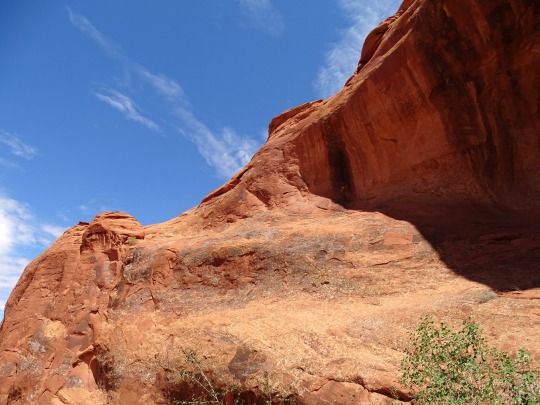
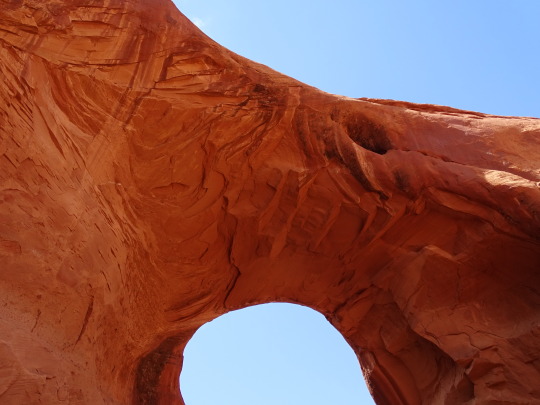
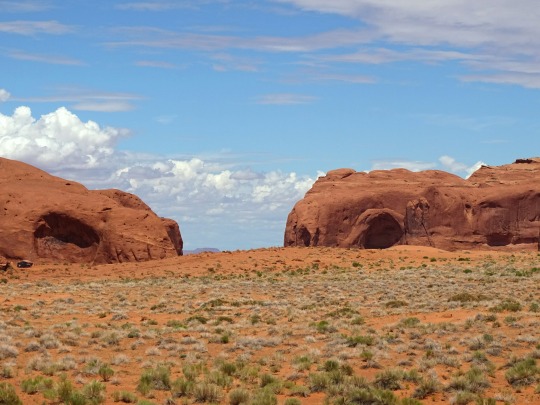

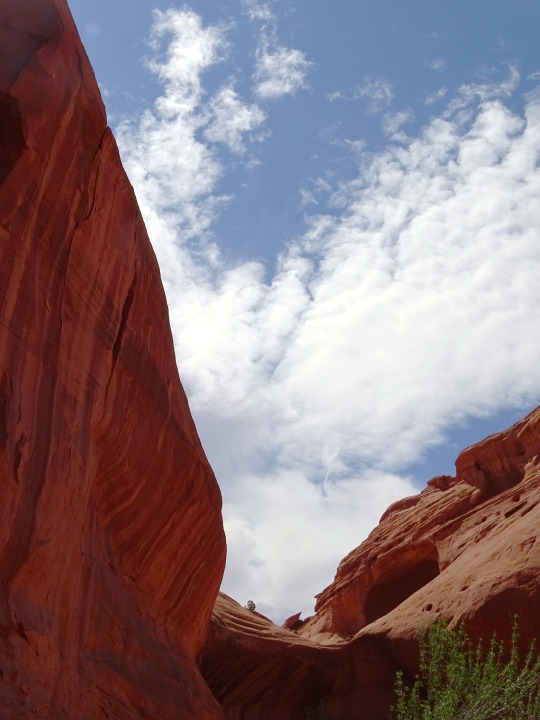
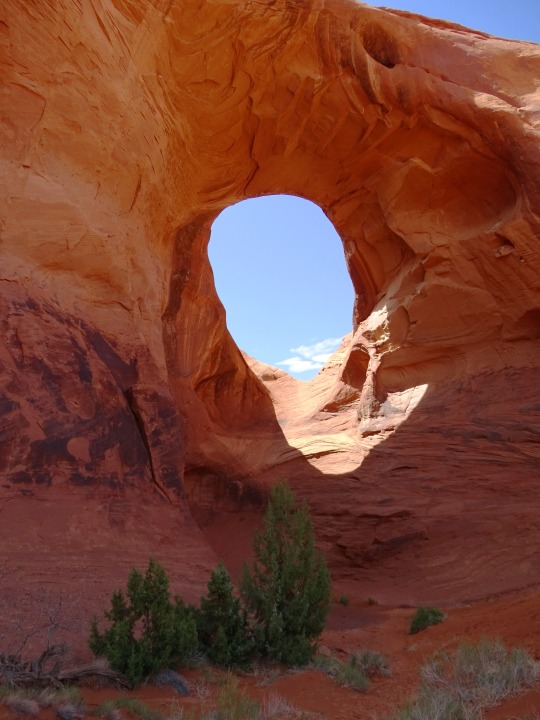
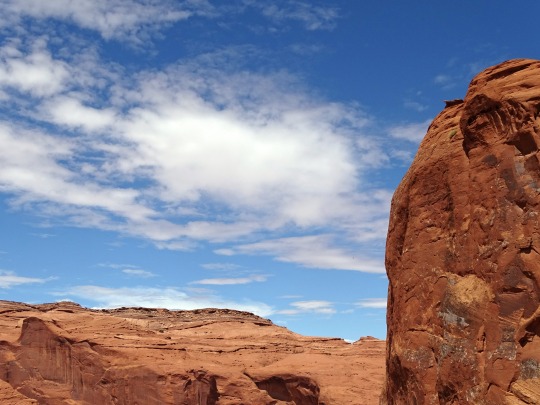
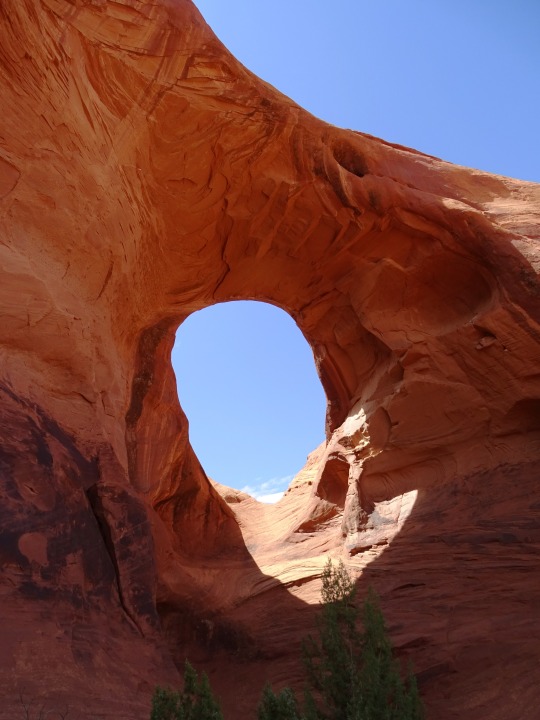

Monument Valley, AZ (No. 13)
Situated on the Navajo Nation are Canyon de Chelly National Monument, Monument Valley, Rainbow Bridge National Monument, the Shiprock monadnock, and the eastern portion of the Grand Canyon. Navajo Territory in New Mexico is popularly referred as the "Checkerboard" area because it is interrupted by Navajo and non-Native fee ownership of numerous plots of land. In this area, Navajo lands are intermingled with fee lands, owned by both Navajo and non-Navajo, and federal and state lands under various jurisdictions. Three large non-contiguous sections located in New Mexico are also under Navajo jurisdiction: these are the Ramah Navajo Indian Reservation, the Alamo Navajo Indian Reservation, and the Tohajiilee Indian Reservation near Albuquerque.
Source: Wikipedia
#Navajo County#Navajo Nation#Southwestern USA#Colorado Plateau#Monument Valley#Monument Valley Navajo Tribal Park#desert#flora#nature#blue sky#clouds#grass#travel#original photography#vacation#tourist attraction#landmark#landscape#countryside#USA#Arizona#summer 2022#Ear of the Wind#I really love the first pic
57 notes
·
View notes
Text
Here are some random (fun/informative) facts about Roy Harper I just felt like sharing:
(Possible spoilers below)
- used to go by "Speedy" (Oliver Queen's sidekick; they met when Roy stole his wallet)
- has an adoptive brother Bird and daughter Lian (with Cheshire, whom he was supposed to capture but fell in love instead)
- former member of the Titans (and Teen Titans)
- former mercenary (a teacher after that)
- lived on Spokane Indian Reservation
- lived in a mall (after his adoptive father - Navajo medicine chief Brave Bow (rebooted Big Bow) was murdered and he ran away)
- designed Green Arrow's arrows
- benched while Speedy because his grades were slipping
- got addicted to painkillers (to deal with chronic pain) which turned to heroin; Oliver kicked him out because of this, came back to reconcile but was disgusted and left Roy again, came back yet again but Roy refused help
- after Jason died, his addiction got worse and he tried to die by Croc's hand (Croc caught on and refused)
- Killer Croc sponsored his recovery program
- lost an arm and was in a coma because of it
- he formed a team of mercenaries but had to kill them as they killed an entire town while trying to take over
- Jason and Starfire saved him from a death sentence due to war crimes (that's how they teamed up)
- he and Starfire got captured by the League of Assassins as they were trying to rescue a kidnapped, amnesiac Jason
- he was going to ask Oliver and Dinah for help but didn't get to
- he helped Jason after his fallout with Bruce
- accidentally killed at a rehabilitation center (Wally tried saving him; his last words were for his daughter; he was buried at the place he decided to get sober)
- Bruce resurrected him (Roy didn't contact his friends)
- he was the Black Lantern (the ring possessed him) and Red Arrow
- the Titans tower was turned into a school with his name
- titled World's Greatest Marksman
- he can ride horses, hack, fish with a bow and arrow, speak Japanese and understand Russian
- struggled with alcoholism since he was 10
- had ADHD and tattoos he didn't remember getting
- his father was a forest ranger also called Roy (he died in a forest fire)
- never knew his mother (in the rebooted version she also died in the fire)
- dated Donna, Hawkgirl, Starfire, Huntress
- Black Canary helped him with withdrawal
- he was a private detective
- lived in Ireland (where his ancestors are from)
- Dick helped him reunite with Lian (that's when Cheshire gave him full custody)
- unwillingly led the Titans in Dick's place after Dick and Kori's wedding was stopped
- he and his daughter were almost harvested for organs
- shaved his head after Donna's death
- survived getting shot in the chest five times and having his throat cut
- formed a children's shelter "Lian's place"
- let a man beat him (he didn't fight back) and he was rescued by a bartender who looked like his daughter
- was a drummer in his own band, volunteered a lot
- Mia Dearden took on his mantle of Speedy (he helped her)
- he was gunned down while searching for his daughter
#roy harper#jason todd#dick grayson#green lantern#starfire#lian harper#teen titans#bruce wayne#wally west
41 notes
·
View notes
Text
The U.S. Supreme Court on Friday agreed to review a decision that revived a long-running lawsuit by the Navajo Nation, which claims that the U.S. Interior Department has a duty to develop plans to provide the reservation with an adequate water supply. The high court granted two petitions for certiorari – one by the federal government, one by Arizona and other states -- challenging last year’s decision by a three-judge panel of the 9th U.S. Circuit Court of Appeals. The 9th Circuit said “an irreversible and dramatically important trust duty” was implied by 175 years’ worth of treaties and court decisions. The challengers, however, say implied rights are unenforceable. “The federal treaties with the Navajo Nation…do not address water at all,” and the doctrine of implied water rights “cannot justify imposing such a fiduciary duty,” lead counsel Rita Pearson Maguire argued in the states’ cert petition. The Interior Department, represented by Solicitor General Elizabeth Prelogar, added that the 9th Circuit’s approach would replace national policy decisions with “a regime of general judicial oversight of the United States’ relationship with Indian tribes.” The Navajo Nation, represented by Shay Dvoretzky of Skadden, Arps, Slate, Meagher & Flom, defended the 9th Circuit’s decision and urged the high court to deny certiorari. The Interior Department declined to comment on Friday. Maguire and Dvoretzky did not immediately respond to requests for comment. The Navajo Nation filed suit in 2003. It wants the Interior Department to determine whether the Little Colorado River, which runs through the reservation, is sufficient “to fulfill the Reservation’s purpose of establishing a permanent homeland for the Nation” – a standard known as Winters rights, from a 1908 U.S. Supreme Court decision. If not, the Nation says the government must develop a plan to supply water from other sources. A federal judge in Prescott, Arizona,
ICWA is not the only case affecting Native American and Alaska Native rights. Keep an eye on this case.
279 notes
·
View notes
Text
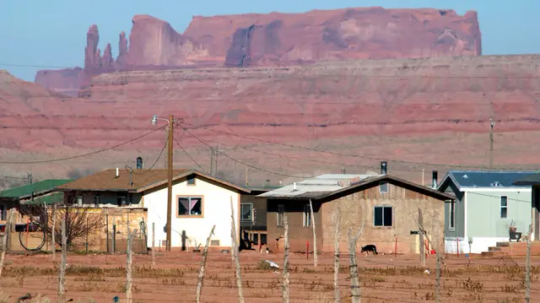
The Navajo Nation has received a $55 million grant to help Navajo homeowners with mortgage payments and home repairs.
Navajo Nation President Buu Nygren said as many as 901 homeowners should qualify for the funds.
The money comes from the American Rescue Plan Act, which provides nearly $10 billion to support homeowners throughout the country who face financial hardships due to the COVID-19 pandemic.
The program is open to Navajo homeowners of all income levels within the Four Corner states who live on both tribal lands and in urban areas.
The funds must be used within three years.

PHOENIX — Urban Navajos who own homes off the Navajo Nation will soon receive some unexpected help they’ll want but didn’t need to ask for.
On Sept. 11, Navajo Nation President Buu Nygren told 250 Phoenix metro area Navajo homeowners that the Nation received a $55 million federal grant to provide financial assistance to Navajo homeowners under various Homeowner Assistance Fund programs.
This includes mortgage payments and home repair assistance.
As many as 901 Navajo homeowners should qualify for the money for their homes, he said.
“Make sure we tell everybody,” Nygren told an overflow crowd in the shade outside the historic Phoenix Indian School Visitor Center, one of the remaining buildings from the 100-year-old Indian boarding school.
They were outside because a capacity crowd was already indoors awaiting the same announcement, and Nygren wanted to address those in the 105-degree F heat first.
The Homeowner Assistance Fund was authorized through the American Rescue Plan Act to provide $9.9 billion nationwide to support homeowners who face financial hardships associated with COVID-19, the Nygren said yesterday.
The funds were distributed to states, U.S. territories, and tribes. The Navajo Nation was awarded $55,420,097.
Most federally funded programs are restricted to low- and very-low-income households.
This program allows higher-income Navajo homeowners to receive financial relief from the economic effects of COVID-19, as well.
“Tell your relatives,” Nygren said. “Say the $55 million that came from our government was specifically for Navajo people who are homeowners.”
To launch the process, Nygren signed an agreement with Native Community Capital. The group is a Native-led and operated non-profit corporation that was selected as the sub-recipient to administer the Homeowner Assistance Fund Project activities on behalf of the Navajo Nation.
Native Community Capital is certified by the U.S. Department of the Treasury as a Native Community Development Financial Institution and is a licensed mortgage lender in Arizona and New Mexico.
The program is designed for both higher-income and medium-income homeowners, Native Community Capital CFO Todd Francis said.
As an example, a family of four in Maricopa County in Arizona earning as much as $132,450 a year may be eligible for the tax-free, non-repayable funds to pay their mortgage or repair their homes, he said.
The program will benefit Navajo relatives and their families who reside in both rural remote locations and those in the urban areas of Phoenix, Albuquerque, Denver, Salt Lake City, surrounding smaller cities and towns, and wherever Navajo homeowners live off-reservation, said NCC CEO Dave Castillo.
A significant lack of investment in tribal communities compared to non-Indian communities has resulted in a critical absence of homeownership on tribal lands, particularly for higher-income Native households, he said.
As a result, Navajos with higher incomes tend to purchase or build homes off the Navajo Nation where they can qualify for loans and mortgages to build equity and wealth.
The Center for Indian Country Development reports that 78% of Native people live outside of tribal trust land in counties surrounding their homelands. It is these families the HAF Project will seek to support, Castillo said.
Nygren said the Navajo HAF Project will provide financial assistance to 901 eligible Navajo homeowners to use for qualified expenses in five activities for the next 36 months.
The program will provide financial assistance to eligible Navajo homeowners in the four-state region of Arizona, New Mexico, Utah and Colorado.
Each eligible applicant could receive a maximum amount of $125,000 of combined assistance under various programs.
These include:
Monthly mortgage payment assistance to a maximum assistance level of $72,000 per participant. This is for Navajo homeowners who are delinquent in mortgage payments or at risk of foreclosure due to a loss of household income.
Mortgage reinstatement assistance would give a maximum assistance of $50,000 per participant to those who are in active forbearance, delinquency default status, or are at risk of losing a home.
Mortgage principal reduction assistance that would assist up to $100,000 for those who find the fair market value of their home is now less than the price they paid for it and now may result in a loss when it is sold.
Home repair assistance that would give $100,000 to those who need significant home repairs.
Clear title assistance of up to $30,000 for grant assistance to receive a clear title of their primary residence.
In his 2022 presidential campaign, Nygren committed to helping urban Navajos who have said for years that they felt underserved by the tribal government. He said this grant addresses that.
He said one of his administration’s next goals is to buy or construct a building owned by the Navajo Nation in the metro area to serve urban Navajo Phoenicians.
“Wouldn’t it be nice if we used the entire $55 million this year?” Nygren asked. “I know you committed to live here and to take care of your family. I see a lot of familiar faces and I understand this is where your jobs are. We want you to have access to resources.”
Castillo urged applicants to be sure their applications were complete and submitted early.
“One thing we want to emphasize is to be ready when the information is being requested on the checklist,” he said. “Make sure you have your documents prepared and you get it to our licensed professionals that will be working with you. If you do not, the application will expire in 30 days.”
He said the program has just three years to deploy the $55 million.
“It seems like we could do that quickly but we can only do it quickly if you help us, if you’re ready, and if you submit the information that’s necessary.”
Debbie Nez-Manuel, executive director of the Navajo Nation Division of Human Resources, said visits to other urban areas will be planned, scheduled, and announced by Native Community Capital.
The funds must be used within three years.
So does any of this money go to the Black Indians Tribes? @militantinremission
maybe y'all should start asking for your cut right now cause they got it
#Navajo#Navajo Nation#First Nation#Chief Buu Nygren#Nygren reveals $55 mil for Diné homeowners#HAF#The Center for Indian Country Development#Navajo Nation has received a $55 million grant to help Navajo homeowners with mortgage payments and home repair#@MilitantinRemission
15 notes
·
View notes
Photo










DRUNKTOWN'S FINEST (2014)
dir. Sydney Freeland
Three young Navajo Native Americans - an adopted Native girl, a young father-to-be, and a trans woman who dreams of being a model - strive to escape the hardships of life on an Indian reservation. Nizhoni seeks out her past, well after being adopted by a white Christian family, Felixia, a trans woman, pursues a spot in the "women of the tribe" calendar, and Sickboy is headed to basic training so he can take care of his soon-to-be-born child.
(link in title)
#lgbt cinema#trans cinema#drunktown's finest#indie cinema#us cinema#lgbt#trans#transgender#usa#lgbt film#trans film#indie film#native american cinema#lgbt movie#trans movie#indie movie#lgbt media#trans media#queer cinema#carmen moore#jeremiah bitsui#morningstar angeline#2014#2010s#2010s movies#2010s films#2010s cinema
99 notes
·
View notes
Text
The last frontier is ...
The last frontier is ...
not out-of-this-world
richer than ever before dreamed
surprisingly large
lived by a handful of people
fading into the dimness of the past
underwater
lying deep inside
being opened
rich in unusual flora and fauna
home to the highest mountains
finally being tamed
settled
on the border of the great Navajo Indian Reservation
full of wonderful discoveries to make
equipped with modern conveniences and advantages
largely the rendezvous of stags
awaiting new development after the war
still ahead
spectacular and moving to a degree
blue
widely hailed for its beauty and tranquility
man's fight for freedom
vanishing
gone
not tied to the snail-paced covered wagon of the old West
dark, untamed, stubborn
anything but the routine
in good hands
worthy of a Milton's pen
lost, wiped away
still viable
cyberspace
a literate place
Alaska
in part a tourist ploy
becoming a permanent home
a land of enchanting extremes
located in the northeastern corner of California
within us; it is the fourteen hundred grams of convoluted nerve tissue that lie behind our eyes and between our ears
Montana
still a very grand adventure
coming up rosy
the first frontier
a question still to be answered
[Tidbits gathered through the course of our research. See Bullet Lists.]
19 notes
·
View notes